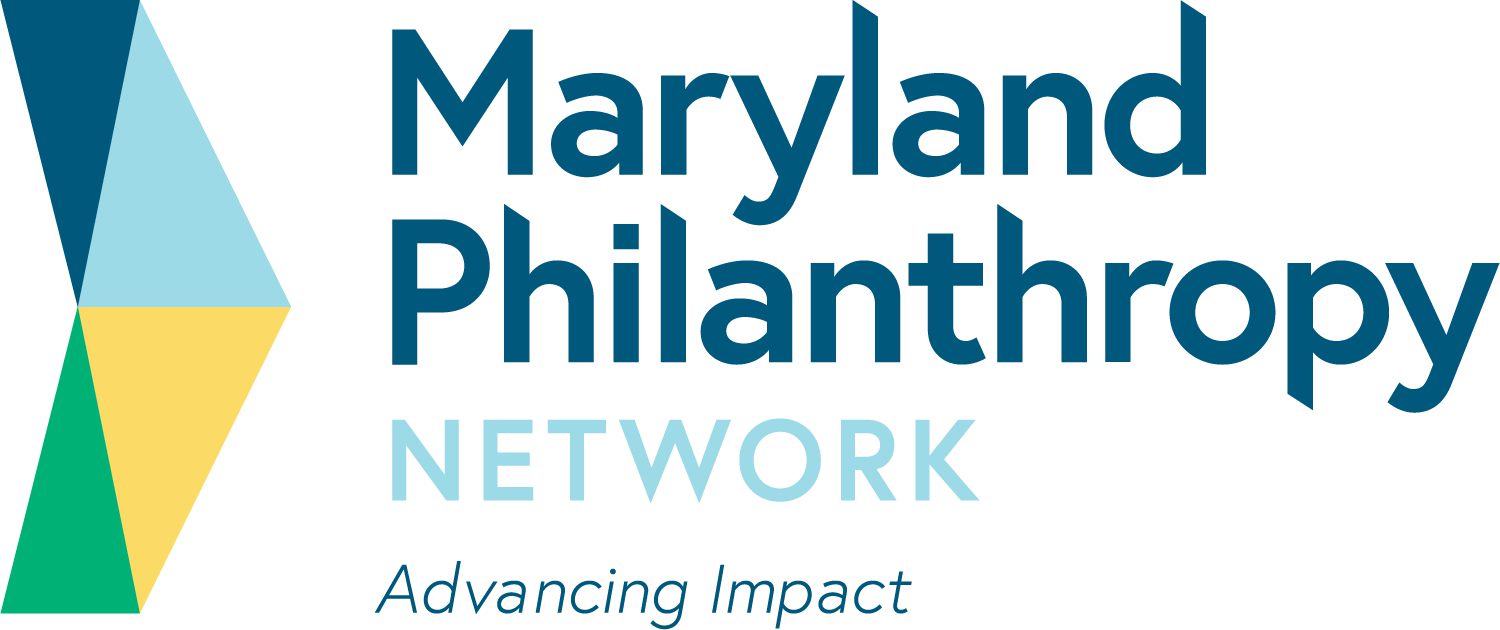A Research Guide to Child Food Insufficiency
The Maryland Food Bank’s Strategy Group recently produced a new research brief, A Research Guide to Child Food Insufficiency. The report examines COVID-19’s ongoing impact on children while also highlighting the effectiveness of the Child Tax Credit (CTC) — a federal program that expired at the end of December 2021 — for Maryland families.
While it’s difficult to measure the Child Tax Credit program’s specific role in mitigating food insufficiency, our data shows that the program did make a substantial difference. The report, which was prepared by Maryland Food Bank’s Vice President of Learning, Measurement, and Evaluation, Daniel Sturm, also showed that:
- More than two in five families (45%) said that their children were often or sometimes not eating enough because the food was not affordable.
- The Child Tax Credit Program helped mitigate household expenses (food being the number one expense). One in two Maryland households (50%) who received Child Tax Credit payments used the extra cash for food (groceries, eating out, and takeout).
- Families in the lowest income bracket (below $35,000) experienced the highest degree of adversity. Almost one in three families reported challenges stemming from food insufficiency during June 2021-January 2022. The trend line peaked in late August 2021 (40%) and in early December 2021 (53%).
- As of February 2022, the percentage of Maryland children receiving food assistance is 46.5% (after peaking at 50.8% in October 2021).
Click here to view the full report.
Source: Maryland Food Bank
FIND MORE BY:
News type:

